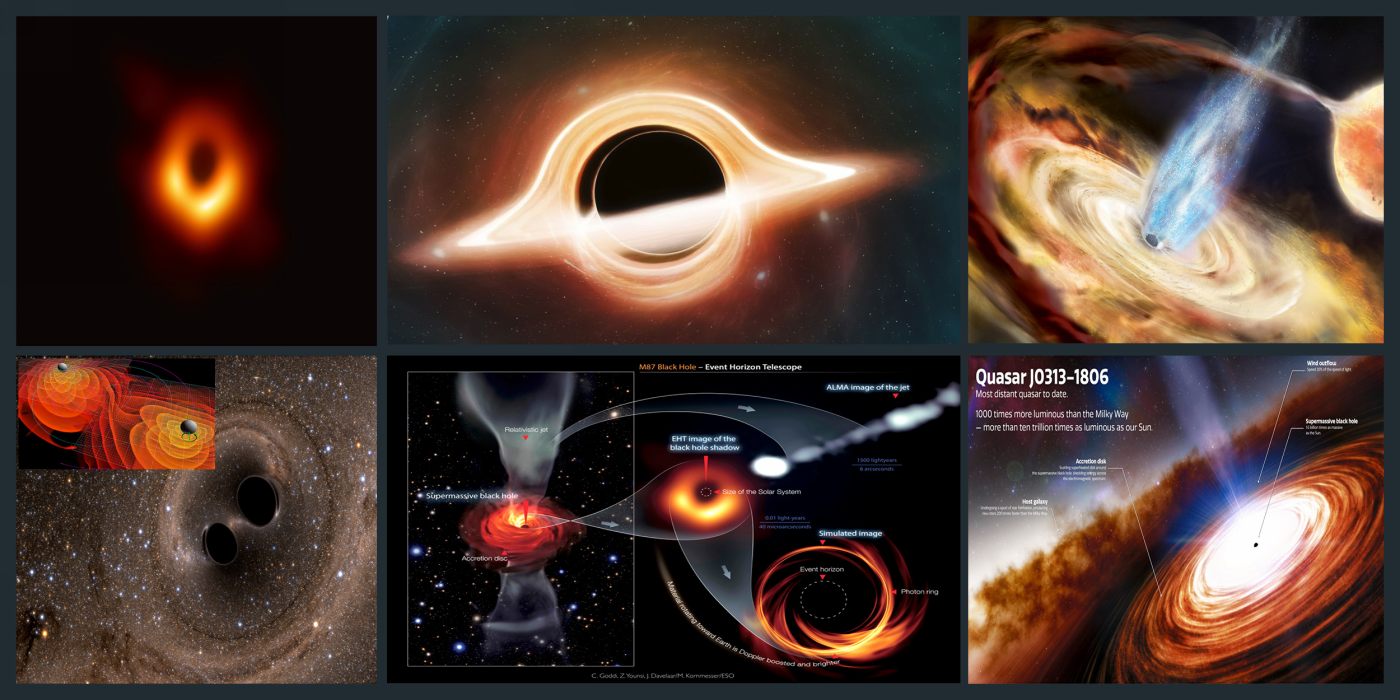SAS Lecture: Black holes; Research & Recent breakthrough results!
About this event :

Black holes sometimes sound more like science fiction than science fact, but the recent breakthrough results on gravitational waves
and the amazing image of the shadow of an event horizon show the reality behind the equations.
Professor Christine Done will introduce black holes, and guide us through the science and research behind the images, and the wonderful world where spacetime itself ripples, and where light gets bent around etc.
When Where Who
- Date: Sunday 15th January 2023,
- Time: 7pm.
- Speaker: Professor Christine Done
- Venue: At the Washington Wetlands Centre (Discovery Room ) and Via Zoom.
Our speaker
Professor Christine Done; Professor in the Department of Physics at Durham University, Director of Research (till August 2021).
Chris Done grew up wanting to be Spock from Star Trek, so doing a PhD in Astrophysics at Cambridge was living the dream.
She worked on theoretical models of the intense high energy X-ray radiation which can be produced when material falls towards a black hole, before it disappears forever below the event horizon. She then moved to the USA, to NASA, Goddard Space Flight Center, and started to work more with observational data from these systems. An unexpected highlight was that she became part of the team doing real time control of an X-ray telescope in the payload bay of the Space Shuttle!
She returned to the UK, first to Leicester University and then to Durham, where she became one of the first women to be appointed as a Physics Professor. She now specialises in combining the best current theoretical models of what happens to material falling towards a black hole with the best observational data, working especially with the Japanese Space Agency (JAXA) using their innovative X-ray satellites. So she gets paid to do rocket science, and think about black holes!
After gaining my PhD from Cambridge on X-rays from black holes, I went to NASA/Goddard Space Flight Center on an NRC fellowship for two years, where a highlight was being part of ground control flying an X-ray telescope in the payload bay of the space shuttle!
Christine returned to the UK on a junior (2 year) and then senior (5 year) research fellowship from the UK research council before getting tenure at the University of Durham in 2000. I was promoted to full professor in 2006, becoming one of the first women to hold this post. She ais also a non-stipendiary Visiting Professor at the Kavli Institute for Physics and Mathematics of the Universe of the University of Tokyo, having spent the academic year 2016/2017 in Tokyo on a sabbatical working with the Japanese Space Agency.
Marks of my standing in the community are that she is one of only two European scientists supported by the European Space Agency to be part of XRISM, the next Japanese/US X-ray telescope. christine chairs one of the Science Working Groups for this mission as well being a member of the Science Management Office which advises the mission Principal Investigator.
Also chairs of one of the Science Working Groups for the Athena X-ray satellite (due for launch by the European Space Agency in 2030) and have served as overall chair (Chair of chairs) of the NASA Chandra time allocation committee in 2016. Other indications of esteem include being awarded the Royal Astronomical Society George Darwin Lectureship for a distinguished and eloquent speaker in 2019 and being invited on the Stephen Murray Distinguished Visitor Program, Harvard, USA in 2018.
Research interests
Interested in anything with a decent gravitational field,especially black holes formed from stellar evolution in our Galaxy and the supermassive black holes in the centres of other galaxies which are thought to power the Quasars and Active Galactic Nuclei (AGN). An enormous amount of gravitational potential energy can be released in the form of high energy X-ray radiation where these capture (accrete) any nearby material. I use this X-ray emission to study the radiation mechanisms and environment of these extreme gravitational objects, but X-rays do not penetrate through our atmosphere, so this can only be studied from space – so I’m a rocket scientist!!
Research interests
Black holes
Research groups
Astronomy and Astrophysics
Centre for Extragalactic Astronomy
Talks at the Wetlands and via Zoom
Talks at Wetlands Centre
The SAS is planning to run this lecture from the our base of operations Washington Wetlands Centre (in the usual Discovery Room) and via Zoom.
Suitable hand sanitisers will be located in the room and at the our observatory.
Talks via Zoom
Due to current Washington Wetlands Centre pandemic group gatherings advice we have previously run SAS lectures via Zoom Pro which has worked quite successfully.
This has also enabled the society to widen our scope of speakers and to contact and deliver talks from SAS speakers/professional astronomers from further afield nationally and internationally.
We aim to continue this capability depending upon the circumstances and/or location of the speaker for the talk.
Zoom Access
Therefore if you interested in viewing and participating (i.e. Q&A) in this month’s talk, please send an email request to zoom-meetings@sunderlandastro.com
Stating your:
- Name
- And if you are a member or if you have a just a general interest in attending our lecture(s)
We will then send you details on How to join the Zoom video meeting for the SAS talk.
The requisites will be:
- Meeting ID – 375 091 0450
- Password Begins with “C*****”
Your host : Martin Kennedy
